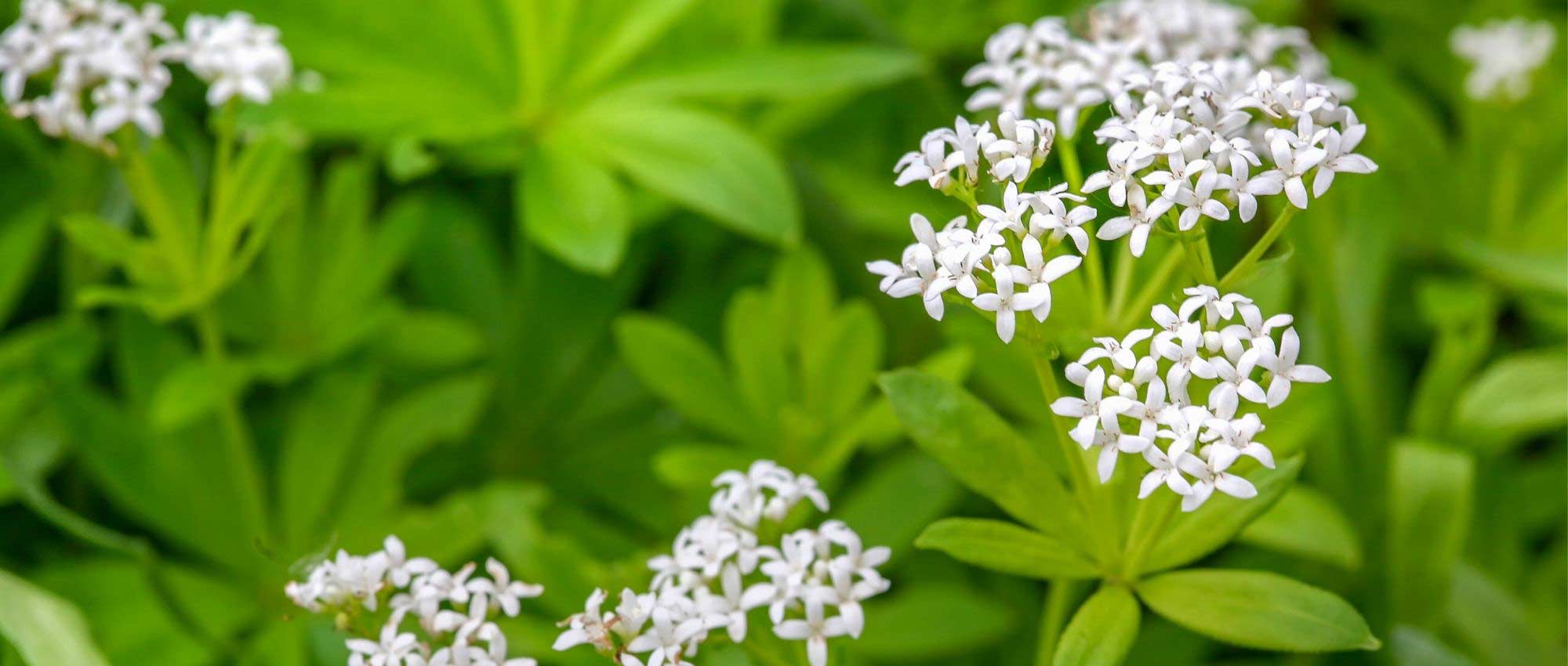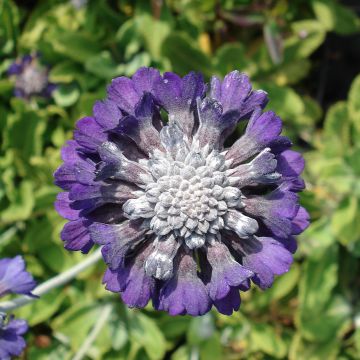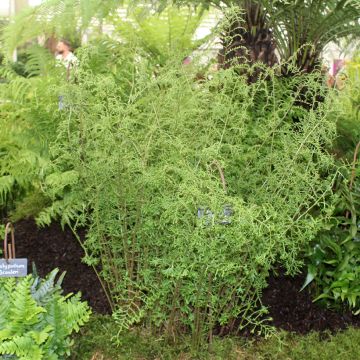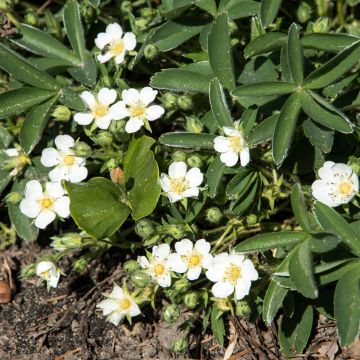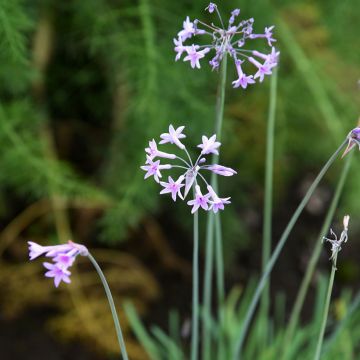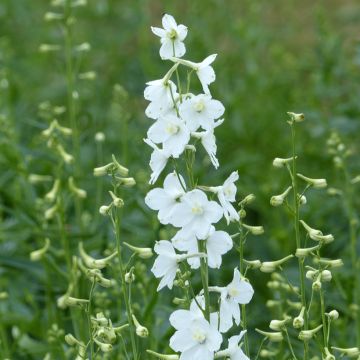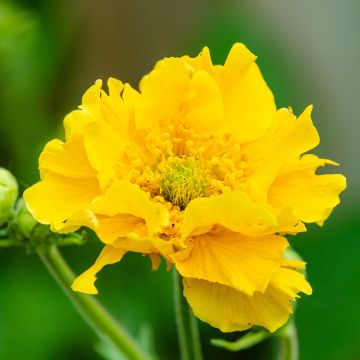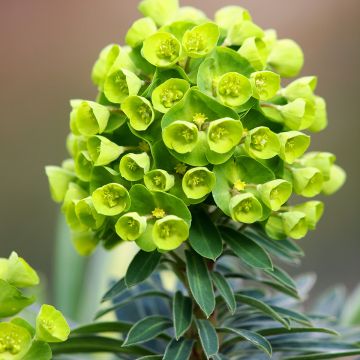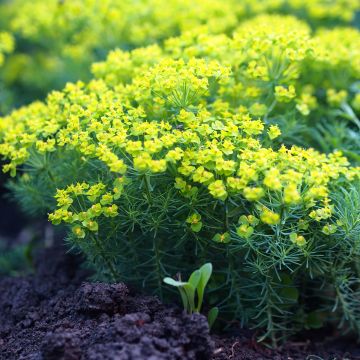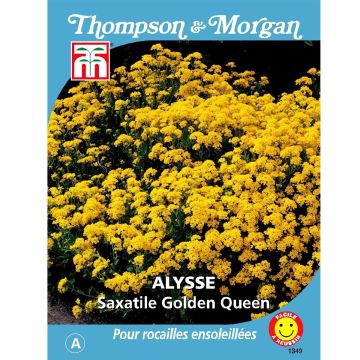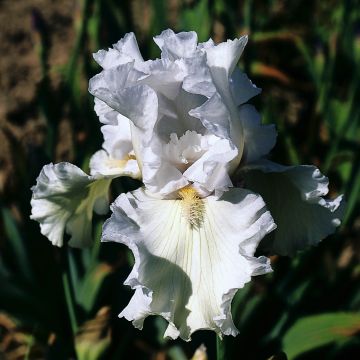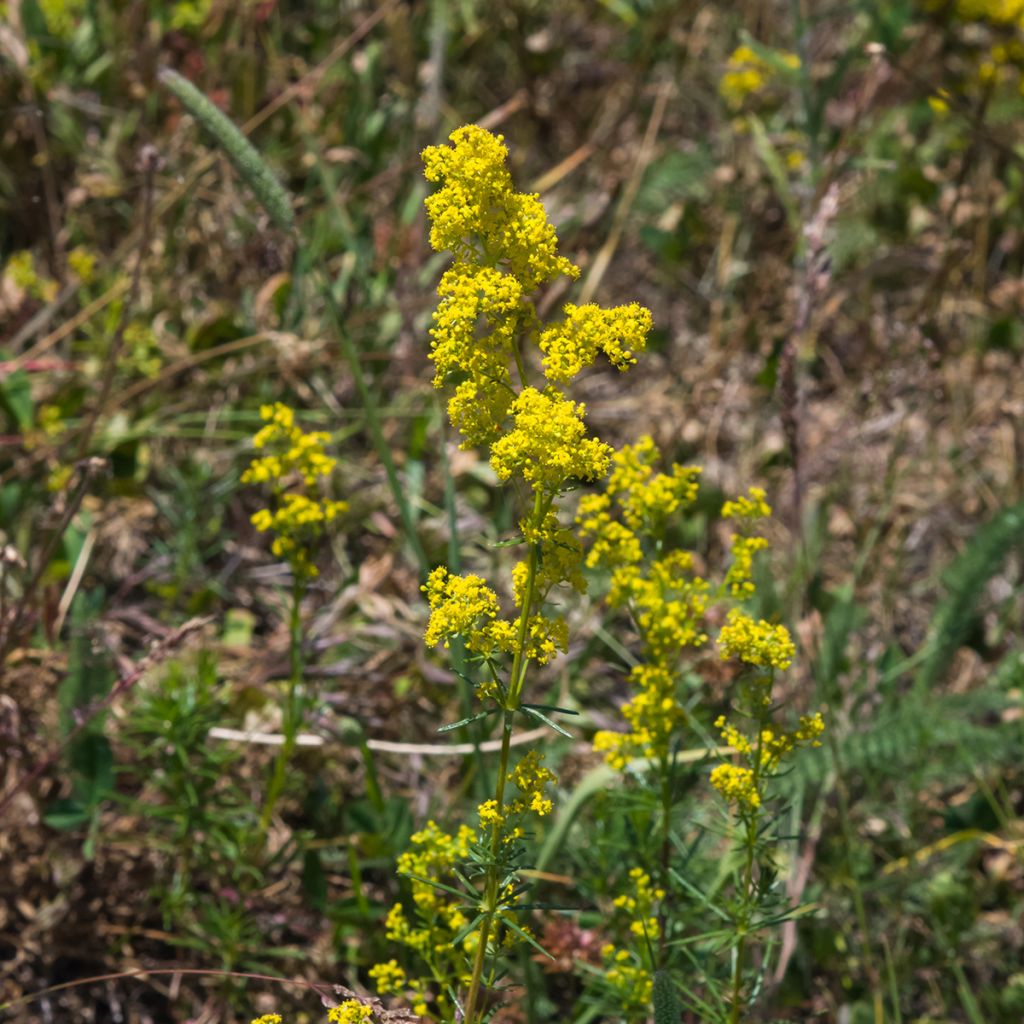

Galium verum
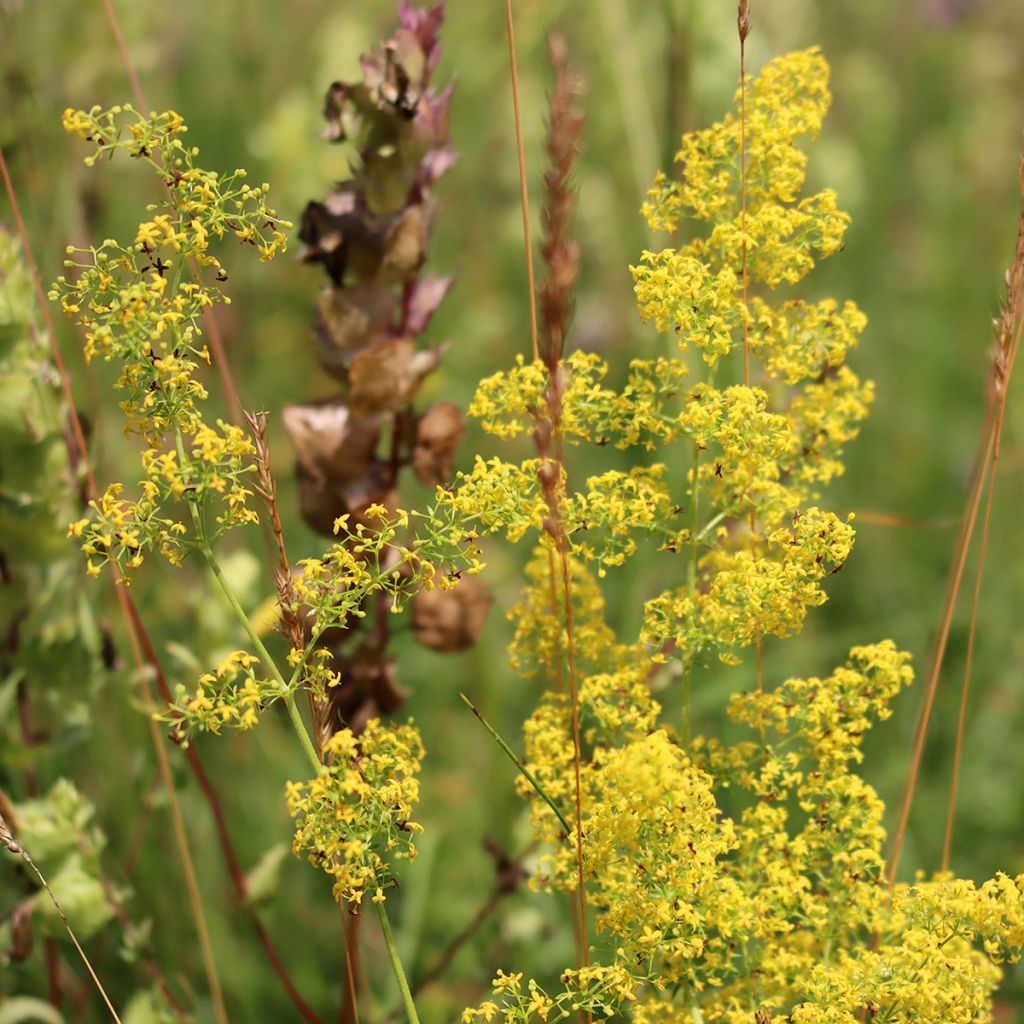

Galium verum
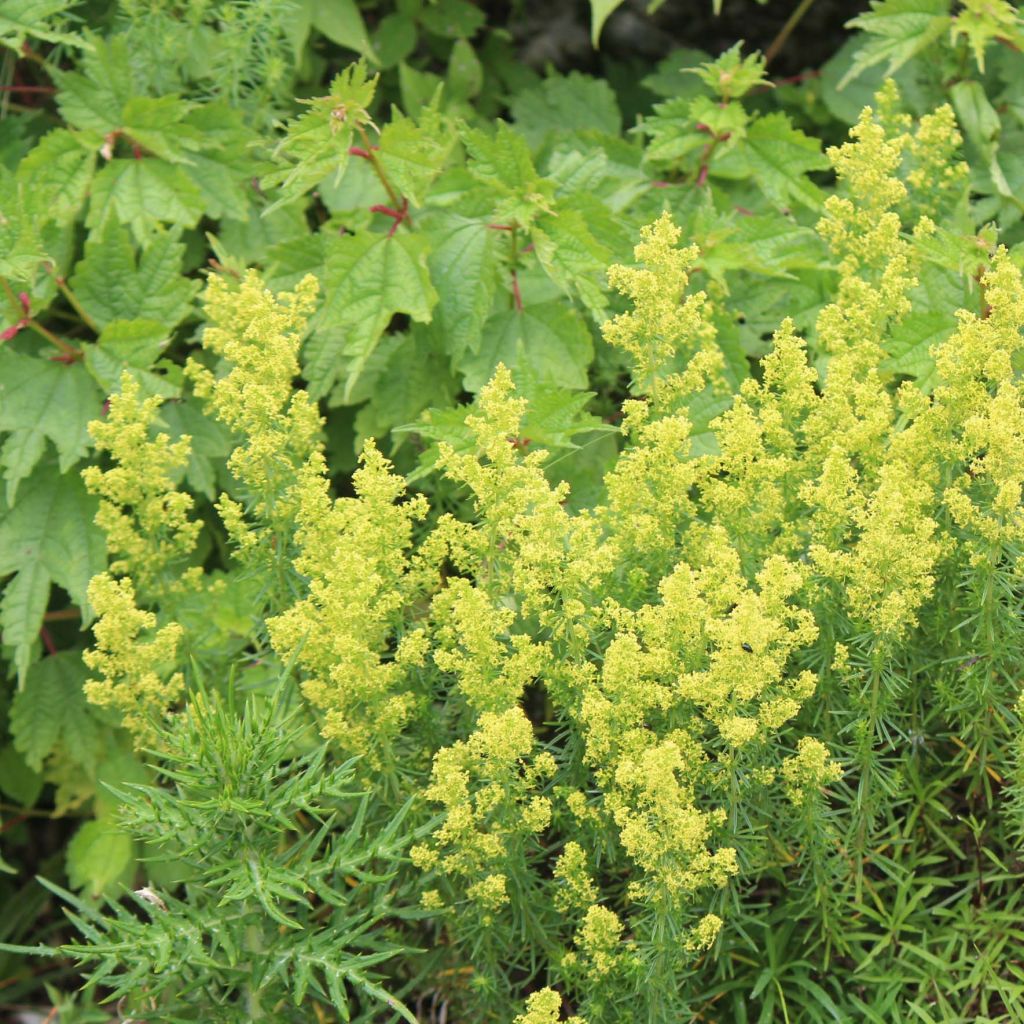

Galium verum
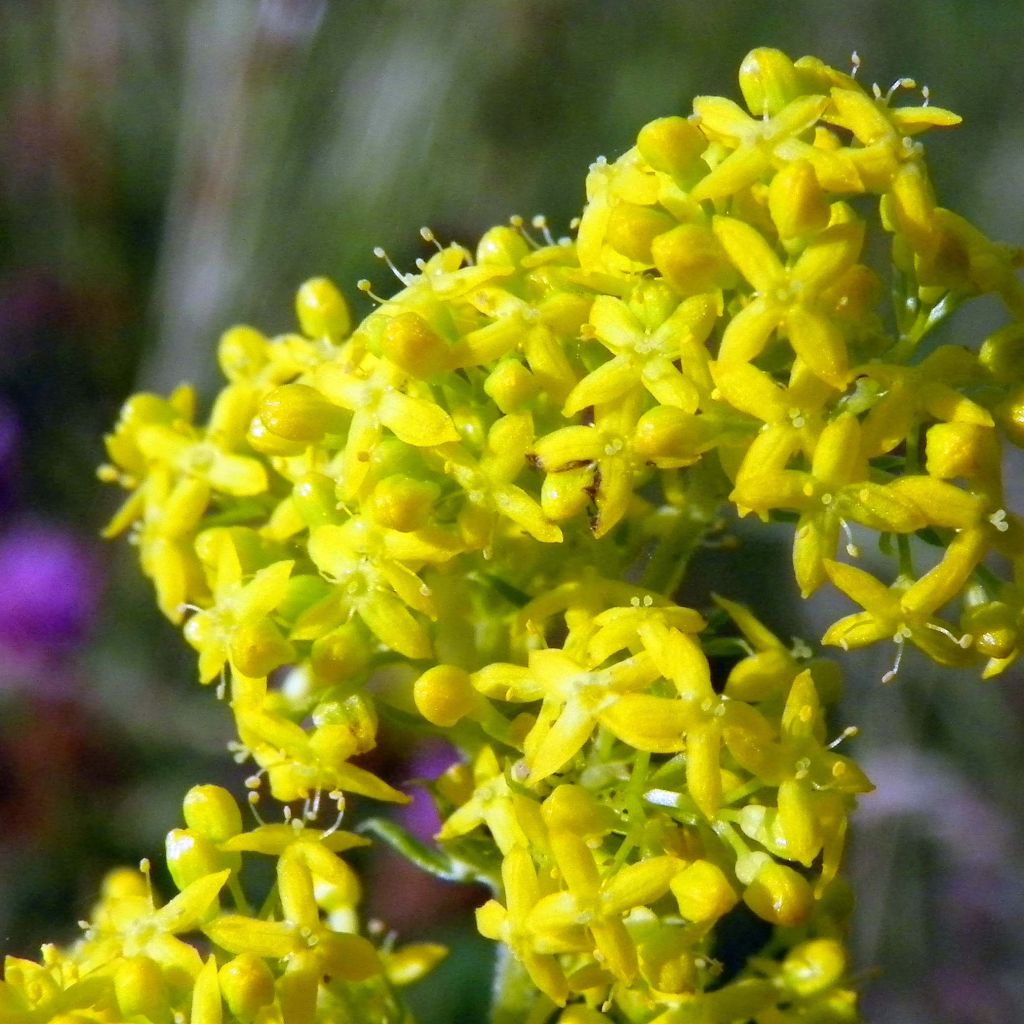

Galium verum
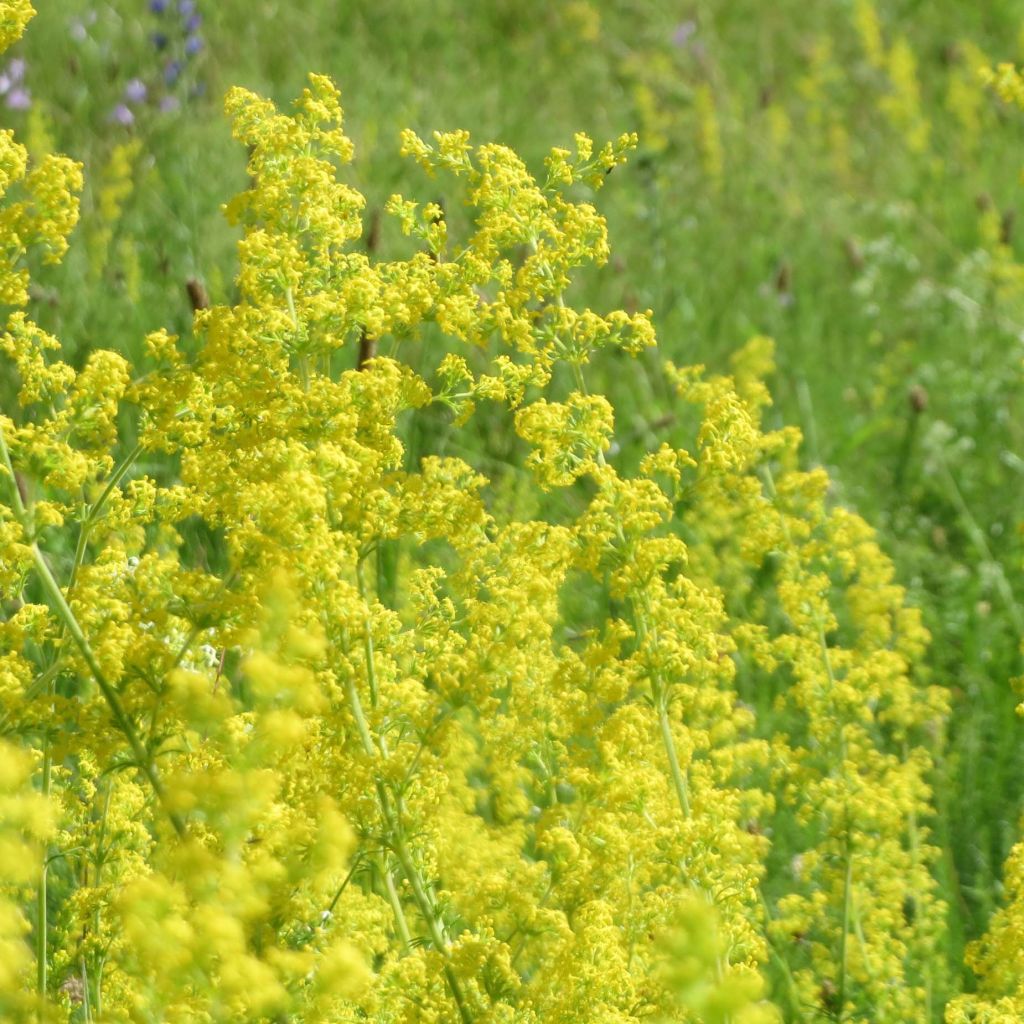

Galium verum
Galium verum
Galium verum
Lady's bedstraw
The bucket arrived filled with black stems. And 5 very small green leaves. Who dared to put this in a package? Who dares to sell this?
do, 14/10/2023
Special offer!
Receive a €20 voucher for any order over €90 (excluding delivery costs, credit notes, and plastic-free options)!
1- Add your favorite plants to your cart.
2- Once you have reached €90, confirm your order (you can even choose the delivery date!).
3- As soon as your order is shipped, you will receive an email containing your voucher code, valid for 3 months (90 days).
Your voucher is unique and can only be used once, for any order with a minimum value of €20, excluding delivery costs.
Can be combined with other current offers, non-divisible and non-refundable.
Home or relay delivery (depending on size and destination)
Schedule delivery date,
and select date in basket
This plant carries a 12 months recovery warranty
More information
We guarantee the quality of our plants for a full growing cycle, and will replace at our expense any plant that fails to recover under normal climatic and planting conditions.
Would this plant suit my garden?
Set up your Plantfit profile →
Description
Galium verum, also known as Yellow Bedstraw, is a beautiful fragrant plant whose intense yellow panicles have become rarer in European landscapes. Formerly used widely by herbalists, cheesemakers, and dyers, this botanical species is endangered in nature due to hybridisation with its cousin, white bedstraw (G. album), which is more prolific. Its generosity and beauty as a wild plant merit a closer look at this perennial. It grows in a spreading clump, and from June to September its modest foliage disappears under magnificent golden clusters. Perhaps it will find a safer haven in our gardens: ornamental, fragrant, undemanding, hardy, and capable of adapting to a wide range of moist to dry soils, true bedstraw will be satisfied with a full sun or partial shade.
Galium verum belongs to the Rubiaceae family and the genus Galium, which includes about 400 species of cosmopolitan annuals and perennials. It is native to Europe, western, northern, and eastern Asia, and northern Africa.
Yellow Bedstraw is an herbaceous perennial ground cover with trailing rhizomes. All the aboveground parts of the plant are fragrant and were once used dried as bedding material. It forms a clump of upright leafy stems that reach about 50 cm (20in) in height (sometimes up to 70 cm (28in)) when in flower, and spread over the ground over time to about 80 cm (32in). The stems, erect and robust, have a quadrangular section in the lower part, cylindrical towards the top. They bear very small, thread-like leaves, quite thick, with clearly rolled edges and of a bright green colour, arranged in whorls of 8. This means they are inserted at the same level on the stem. The flowering continues throughout the summer, in the form of large terminal cymes (or clusters) where countless small yellow and fragrant flowers, visited by pollinating insects, are tightly packed. Each flower measures about 3 mm (0in) in width. The corolla, in the shape of a wheel, is composed of 4 petals fused at the base. The fruit, glabrous and smooth, consists of 2 globular chambers, about 1.5 mm (0in) wide. The root secretes a red juice that was once used to dye wool.
Yellow Bedstraw is a drought-tolerant plant: its long, robust, and highly branched root sinks deep into the soil to draw in moisture. Its rhizome serves as a reserve organ to survive periods of scarcity. Finally, its thread-like and rolled leaves allow it to effectively reduce water loss through evapotranspiration.
Galium verum is a wild plant and as such it finds its place in a rural or wild setting. It can form beautiful associations with blue false indigos, grasses, toadflaxes, or perennial or shrubby sages. Pretty annual plants like love-in-a-mist, cosmos, or poppies will also be lovely companions for this unassuming plant. In a rock garden, it will blend well with catmints or Campanula rotundifolia. It is also a good plant for coastal gardens.
Galium verum in pictures
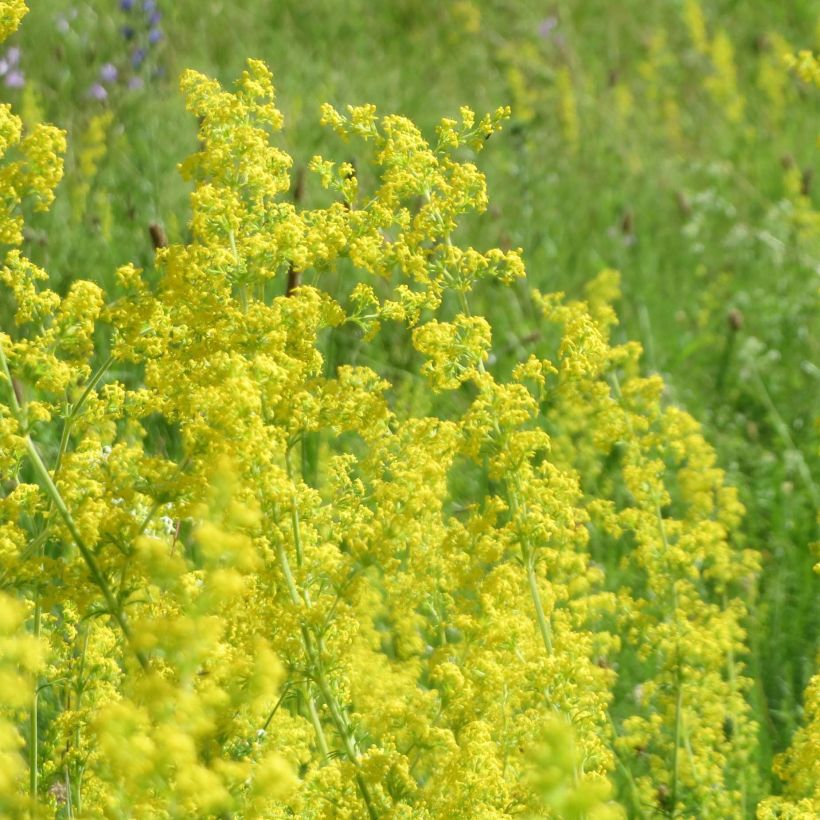

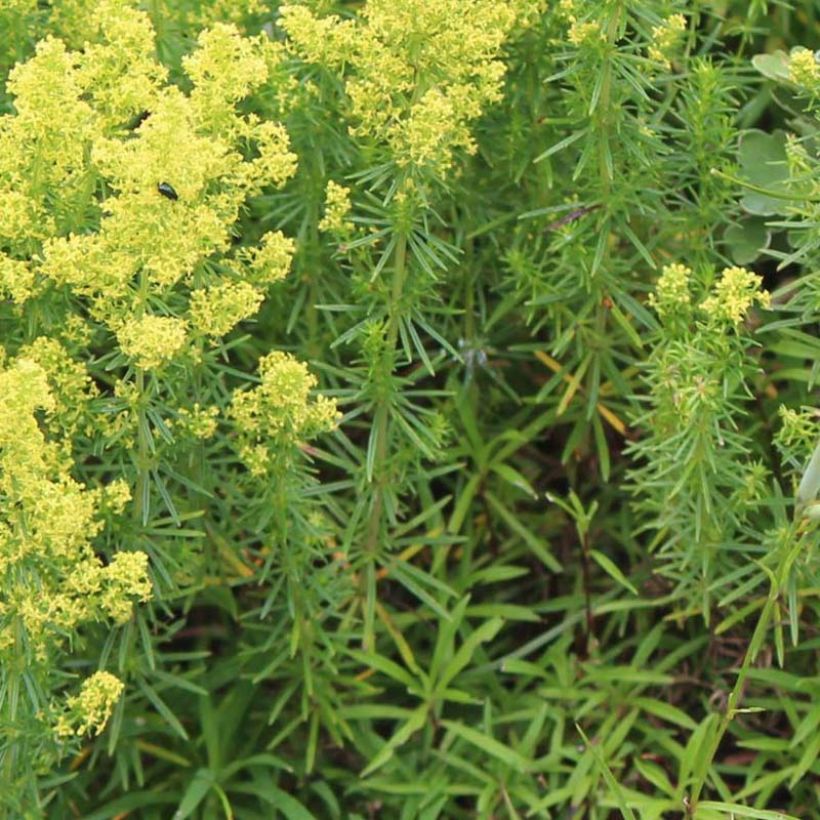

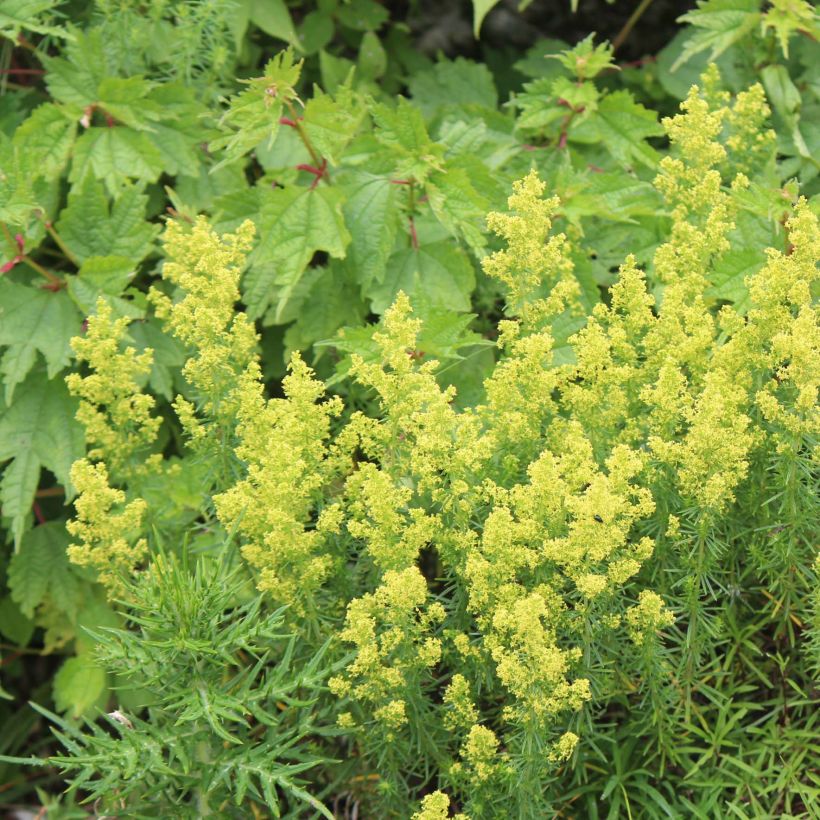

Flowering
Foliage
Plant habit
Botanical data
Galium
verum
Rubiaceae
Lady's bedstraw
Western Europe
Other Perennials A to Z
View all →Planting and care
Galium verum grows in full sun or partial shade. It is not very demanding in terms of soil, but well adapted to dry, chalky or sandy soils. In a moist and rich soil, it will simply grow faster and taller. It only dislikes excessively wet soils in winter. It tolerates sea spray and coastal areas very well. This plant has no specific enemies or diseases.
Planting period
Intended location
Care
Planting & care advice
-
, onOrder confirmed
Reply from on Promesse de fleurs
Similar products
Haven't found what you were looking for?
Hardiness is the lowest winter temperature a plant can endure without suffering serious damage or even dying. However, hardiness is affected by location (a sheltered area, such as a patio), protection (winter cover) and soil type (hardiness is improved by well-drained soil).

Photo Sharing Terms & Conditions
In order to encourage gardeners to interact and share their experiences, Promesse de fleurs offers various media enabling content to be uploaded onto its Site - in particular via the ‘Photo sharing’ module.
The User agrees to refrain from:
- Posting any content that is illegal, prejudicial, insulting, racist, inciteful to hatred, revisionist, contrary to public decency, that infringes on privacy or on the privacy rights of third parties, in particular the publicity rights of persons and goods, intellectual property rights, or the right to privacy.
- Submitting content on behalf of a third party;
- Impersonate the identity of a third party and/or publish any personal information about a third party;
In general, the User undertakes to refrain from any unethical behaviour.
All Content (in particular text, comments, files, images, photos, videos, creative works, etc.), which may be subject to property or intellectual property rights, image or other private rights, shall remain the property of the User, subject to the limited rights granted by the terms of the licence granted by Promesse de fleurs as stated below. Users are at liberty to publish or not to publish such Content on the Site, notably via the ‘Photo Sharing’ facility, and accept that this Content shall be made public and freely accessible, notably on the Internet.
Users further acknowledge, undertake to have ,and guarantee that they hold all necessary rights and permissions to publish such material on the Site, in particular with regard to the legislation in force pertaining to any privacy, property, intellectual property, image, or contractual rights, or rights of any other nature. By publishing such Content on the Site, Users acknowledge accepting full liability as publishers of the Content within the meaning of the law, and grant Promesse de fleurs, free of charge, an inclusive, worldwide licence for the said Content for the entire duration of its publication, including all reproduction, representation, up/downloading, displaying, performing, transmission, and storage rights.
Users also grant permission for their name to be linked to the Content and accept that this link may not always be made available.
By engaging in posting material, Users consent to their Content becoming automatically accessible on the Internet, in particular on other sites and/or blogs and/or web pages of the Promesse de fleurs site, including in particular social pages and the Promesse de fleurs catalogue.
Users may secure the removal of entrusted content free of charge by issuing a simple request via our contact form.
The flowering period indicated on our website applies to countries and regions located in USDA zone 8 (France, the United Kingdom, Ireland, the Netherlands, etc.)
It will vary according to where you live:
- In zones 9 to 10 (Italy, Spain, Greece, etc.), flowering will occur about 2 to 4 weeks earlier.
- In zones 6 to 7 (Germany, Poland, Slovenia, and lower mountainous regions), flowering will be delayed by 2 to 3 weeks.
- In zone 5 (Central Europe, Scandinavia), blooming will be delayed by 3 to 5 weeks.
In temperate climates, pruning of spring-flowering shrubs (forsythia, spireas, etc.) should be done just after flowering.
Pruning of summer-flowering shrubs (Indian Lilac, Perovskia, etc.) can be done in winter or spring.
In cold regions as well as with frost-sensitive plants, avoid pruning too early when severe frosts may still occur.
The planting period indicated on our website applies to countries and regions located in USDA zone 8 (France, United Kingdom, Ireland, Netherlands).
It will vary according to where you live:
- In Mediterranean zones (Marseille, Madrid, Milan, etc.), autumn and winter are the best planting periods.
- In continental zones (Strasbourg, Munich, Vienna, etc.), delay planting by 2 to 3 weeks in spring and bring it forward by 2 to 4 weeks in autumn.
- In mountainous regions (the Alps, Pyrenees, Carpathians, etc.), it is best to plant in late spring (May-June) or late summer (August-September).
The harvesting period indicated on our website applies to countries and regions in USDA zone 8 (France, England, Ireland, the Netherlands).
In colder areas (Scandinavia, Poland, Austria...) fruit and vegetable harvests are likely to be delayed by 3-4 weeks.
In warmer areas (Italy, Spain, Greece, etc.), harvesting will probably take place earlier, depending on weather conditions.
The sowing periods indicated on our website apply to countries and regions within USDA Zone 8 (France, UK, Ireland, Netherlands).
In colder areas (Scandinavia, Poland, Austria...), delay any outdoor sowing by 3-4 weeks, or sow under glass.
In warmer climes (Italy, Spain, Greece, etc.), bring outdoor sowing forward by a few weeks.






























